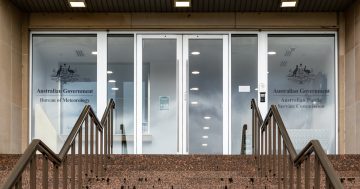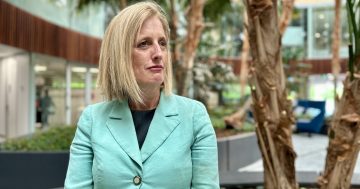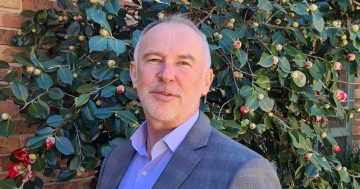
Is ageism in the workplace taking place in this enlightened world? Photo: Yuri Arcurs.
Ageism in the workplace – is it really a thing?
There are laws against it, but that doesn’t mean discrimination in employment situations because of one’s age isn’t taking place.
Region has been approached over the past weeks by a number of mature-aged people who have felt, or who are feeling, victimised at work because they are ‘too old’.
Glaring examples of ageism in the workplace can be found across most aspects of the private and public sectors, and the NGO and diplomatic communities.
The EL2 who can’t break into the Senior Executive Service of the Australian Public Service because they can’t find a ‘mentor’ who will sponsor an older person.
The young executive team in a go-getter private firm repeatedly passing on older job applicants and joking in the office about coworkers’ ages.
The locally engaged driver for a foreign embassy dismissed after almost 20 years of loyal service for no apparent reason, but told quietly later that it was because of his age.
These are just a few examples of real experiences brought to Region’s attention in the past weeks.
Career marketing strategist Sue Parker from Dare Group Australia, who describes herself as a “fierce advocate for breaking down and breaking through” ageism and stereotypes, says discrimination in the workplace is definitely an issue.
“Ageism is the silent bias which is rarely included in diversity, equity and inclusion (DEI) policies and conversations, let alone factored into the aftermath of skilled people who are rejected in the hiring system,” she said.
“The devastating and emotionally destructive impact of ageism in job seeking and hiring will impact your friends and family and colleagues.
“It affects both men and women, of course, with erosion of self-esteem and self-worth. However, I have observed that men are particularly vulnerable as they try to maintain a stiff upper lip.
“The question to everyone in HR and organisations that are hiring is to firstly check your own ageism biases – and ask the uncomfortable question, are you ok with being ageist and unfairly harming others by your attitudes?”
In the APS, you will find a healthy number of mature-aged staff.
The current APS State of the Service report shows that workers aged between 45 and 54 comprise 27.1 per cent of the workforce, while those aged 55 and over makeup 19 per cent.
But in its own DEI descriptions, the APS doesn’t list age prominently as a category.
Its classifications only go to various aspects of gender, disability and cultural diversity.
The Australian Public Service Commission does, however, have a bit to say about age inclusiveness in a less prominent section of its website.
Published in June 2022 under the heading Creating an age-inclusive workplace, the Commission notes the service has the most generationally diverse workforce Australia has ever had.
It acknowledges there are age-related challenges for the sector while also encouraging an appreciation for the skills of older workers.
“The APS faces the challenge of adapting workplaces and work practices to meet the needs and interests of this diverse cohort,” it states.
“The APS needs to promote the benefits of age diversity in the APS; challenge and remove age-related barriers; create age-inclusive policies and work environments; and increase our talent pool.
“The Australian Government also expects the APS to take the lead in realising the potential of older Australians through work, do more to retain and recruit older Australians and help offset overall declining workforce participation rates.
“The APS employment policies, practices and organisational culture need to support older Australians who want to join the public service and ensure we harness the skills and experience of older Australians who want to stay in the workforce.”
At the coalface, it’s often a different reality.
“Yeah, there are plenty of older people in the public service, and some are doing really good work,” one SES told Region.
“But fast-tracking into the SES through an executive sponsorship really is the domain of the younger staff.
“It’s good for us in the SES to mentor young people and then have them working with us at senior levels. But one reality of that is that while the younger staff can take these senior roles – and this applies to the EL levels too – and do a good job, they, by and large, don’t have the resilience that older workers have.”
It’s not just the public sector, of course. The private sector is increasingly the realm of young executives who make no secret of their desire for the oldies to just “get out of the way”.
As for foreign embassies who employ locally engaged staff, that’s a whole other story.
Despite Australian workplace laws supposedly applying to the diplomatic corps, they can pretty much get away with hiring and firing, promoting and paying as they please.
Region has been alerted to an increasing number of locally engaged mature-aged staff being terminated with little or no notice.
As one said during a recent interview: “It gutted me. I was thrown on the scrap heap because they think I’m getting too old.”



















